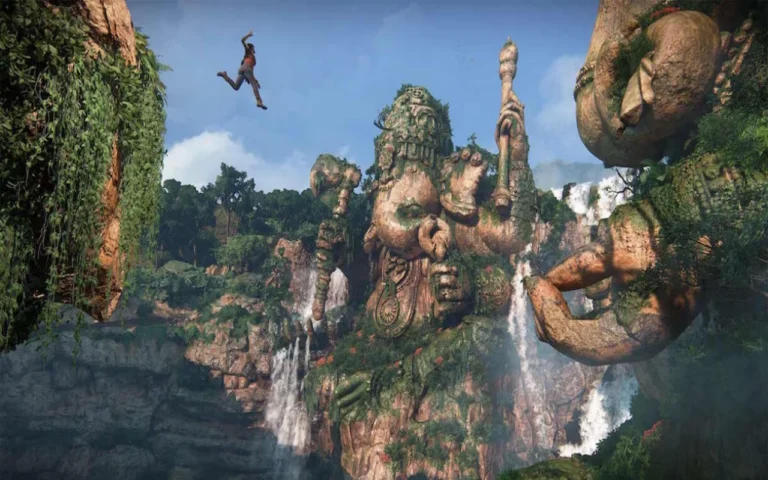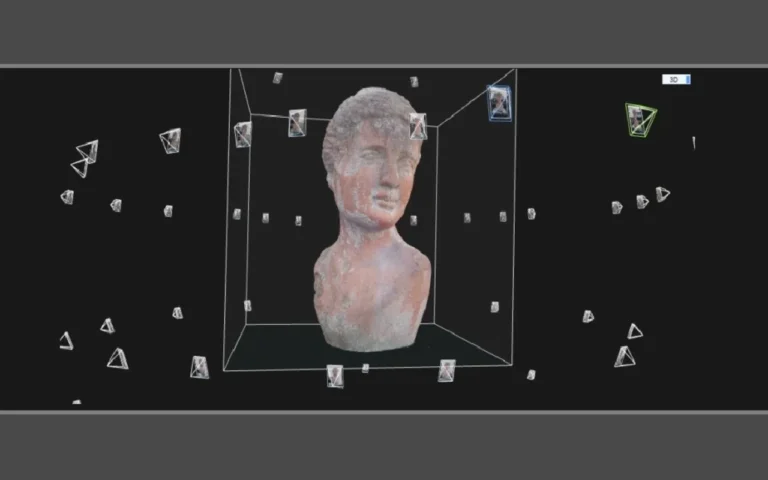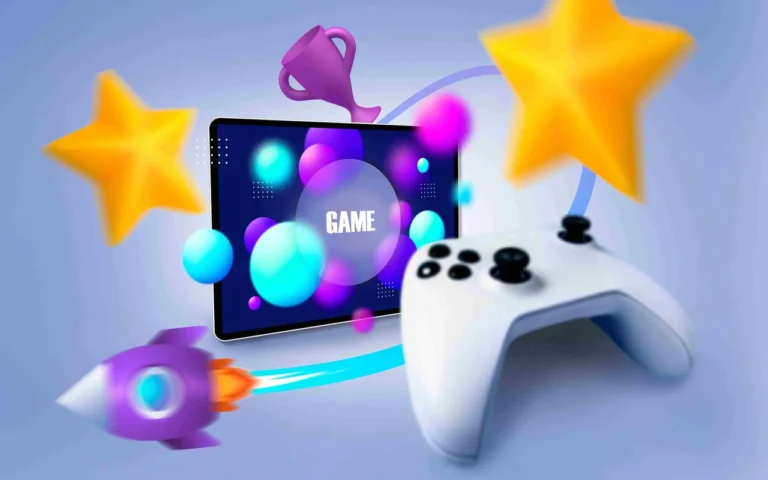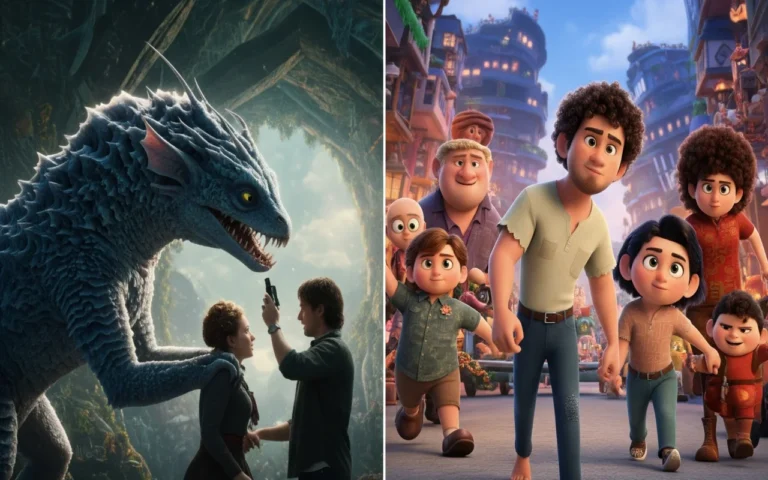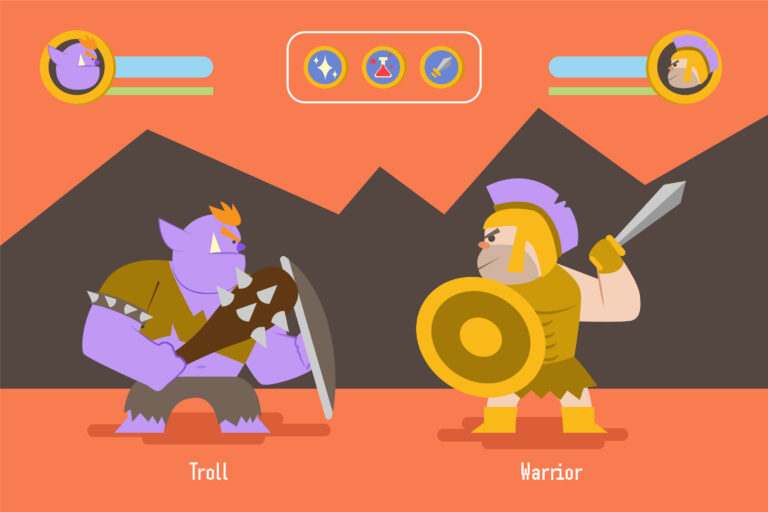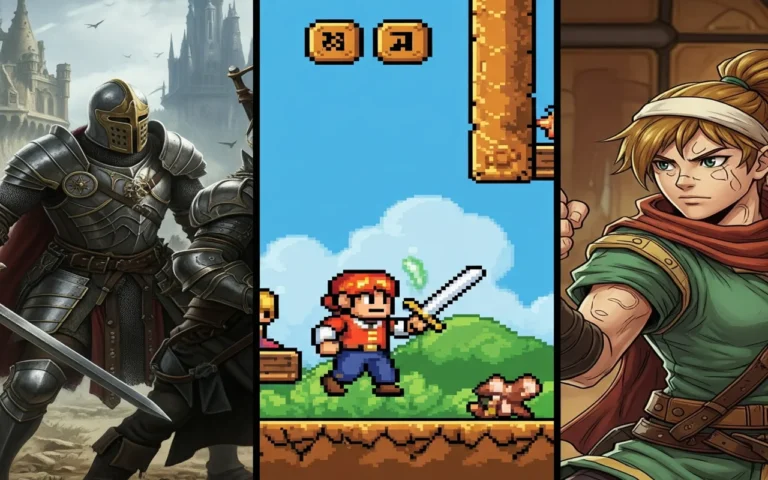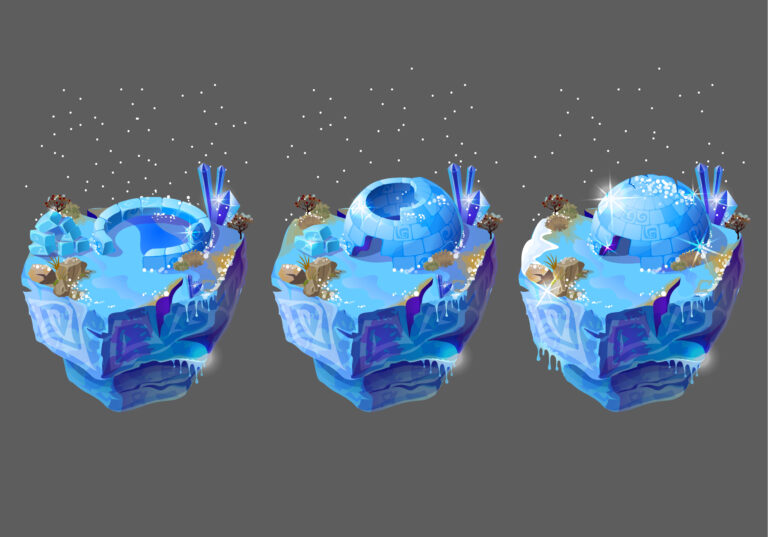If you play games regularly, something about game art has probably puzzled you at some point.
The question is why some AAA games aren’t as stunning as their huge budgets and incredible graphics, while others look gorgeous, even with stylized or simple graphics. The answer to that question highlights the role of art direction in video games.
Art direction basically means designing visuals for a game according to the science of visual storytelling so that the project looks harmonious and appeals to human eyes.
In this article, we will explore why art direction can impact video games and how artists can exploit its power. Stay tuned!
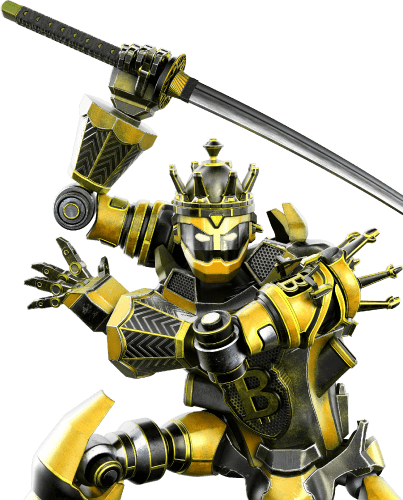
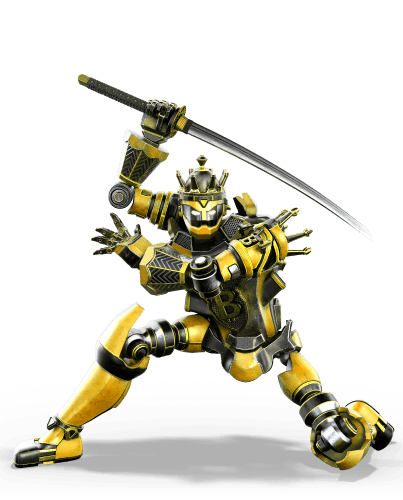
Need Game Art Services?
Visit our Game Art Service page to see how we can help bring your ideas to life!
What is Art Direction?
Game art direction defines a game’s visual style and atmosphere. It controls how characters, environments, and interfaces appear on screen.
Art direction also balances aesthetics with technical limits, considering hardware constraints and team skills to deliver a polished experience.
It defines the color and mood for every single character or object that appears in the project to create a harmonious look.
Art Pipeline in Game Projects
Creating game art is a multi-stage process. It involves creating the idea for visuals, creating the art, reviewing the produced art, and polishing it by the game art studio. Let’s explore each step involved in a typical game art pipeline.
Pre-Production
Concept art is the cornerstone of every pre-production phase.
In this stage, concept artists draw preview images for different elements of the game. Concept drawings of characters and environments are drawn according to the instructions of art directors. These drawings can be rough or detailed, but their main purpose is to give stakeholders a visual preview of the project.
If the concept art is accepted by art directors and other decision-makers, it is handed over to production teams.
Production
This step is when the actual game art is created. Artists use various tools and software to create 3D models or 2D drawings based on the concept design. 3D models are created using 3D modeling programs such as Blender and Maya, while 2D characters and environments are drawn by hand using graphics tablets and software like Photoshop and Illustrator.
These assets need to be rigged and animated as well. Rigs are skeletons assigned to 3D objects to make them easily animatable. The final step in production is usually applying textures and colors to 3D and 2D assets.
Post-Production
The post-production is when final touches and post-processing effects are applied to assets. In this stage, the look of the assets is finalized and visual effects are added. Models are reviewed to ensure they look flawless and satisfy the design requirements.
Responsibilities of an Art Director in Games
Art direction determines the style to aim for a game by considering the available skills, resources, and the budget of the studio.
Decisions such as whether to opt for a stylized art style or realistic graphics, or whether to go for low-poly or high-poly graphics are important decisions that art directors make.
Another important responsibility of an art director is to determine the colors and lighting settings for the game to make it look unique and appealing. They apply game art color theory principles, such as complementary colors and triadic colors, helping attract players’ attention to items that matter.
They design color themes for visual effects and determine effects’ intensities to make the project look stunning, and also ensure the harmony is maintained throughout the scenes.
Fundamentally, art directors oversee the impact of any visual element in the project and ensure it works toward creating an eye-catching image and style.
Skills and Tools Every Game Art Director Needs
A game art director combines creativity, technical expertise, and leadership to shape a game’s visual identity. Their skills and tools are critical for executing the artistic vision and ensuring player immersion.
Below is a detailed breakdown of their competencies and resources:
Creative Skills:
- Color Theory: They master complementary, analogous, and triadic color palettes to evoke emotions and highlight key elements.
- Composition: Understanding balance, focal points, and visual hierarchy ensures environmental art and UI design are intuitive and engaging.
- Lighting Design: They use dynamic and static lighting to set mood, like eerie shadows in horror or vibrant glows in fantasy settings.
- Storytelling Acumen: Knowledge of visual storytelling helps align visuals with narrative, enhancing emotional impact.
- Art History and Trends: Familiarity with art movements and modern styles inspires unique character design and world-building.
Technical Skills:
- 3D Modeling and Texturing: They understand workflows in tools like Blender or Maya to guide concept art to final models.
- Animation Principles: Expertise in rigging and animation direction ensures fluid, expressive character movements.
- Game Engine Knowledge: Proficiency in Unity or Unreal Engine aids in optimizing assets for level design and performance.
- Shader and VFX Creation: They oversee custom shaders and effects like particle systems to enhance visual flair.
- Pipeline Management: Familiarity with asset pipelines ensures smooth transitions from concept art to in-game visuals.
Leadership and Soft Skills:
- Communication: They articulate the artistic vision clearly, using mood boards and style guides to align artists.
- Team Management: They coordinate artists, animators, and designers, balancing creative freedom with project goals.
- Conflict Resolution: Mediating disagreements over aesthetics or practicality keeps teams focused.
Art Direction’s Impact on Visual Storytelling and Player Experience
An art director’s role in defining a game setting is undeniable.
An art director conceptualizes and designs the world in which stories are told and players are taken to.
It is easy to fill the game with asset store 3D models and ship a game, but creating a world that takes players on fascinating journeys is one of the hardest feats in game development.
- Drives visual storytelling: Art directors craft immersive worlds that amplify the game’s narrative, aligning visuals with story goals.
- Enhances sci-fi settings: In shooters, environmental art with neon cities or barren planets sets a futuristic tone, drawing players in.
- Creates tension in horror: Resident Evil’s dark, torch-lit corridors use color palettes to evoke fear, boosting player immersion.
- Transports to history: Assassin’s Creed’s detailed character design and period-accurate architecture immerse players in historical eras.
- Conveys emotion: The Last of Us uses muted colors and overgrown environments to reflect a post-apocalyptic mood, connecting players emotionally.
- Makes stories memorable: Aligning visuals with narrative beats ensures every scene resonates, creating a lasting impact.
Challenges and Solutions in Art Direction
As with any production task, art direction also comes with various challenges:
- Team alignment: Ensuring artists interpret the artistic vision consistently is tough, as interpretations vary.
- Budget limits: Small budgets restrict hiring, tools, or complex assets like high-poly models, forcing compromises.
- Time constraints: Detailed character design or level design takes time, clashing with tight deadlines.
- Stakeholder conflicts: Designers prioritize function, artists focus on aesthetics, creating tension over priorities.
Solutions:
- Clear guides: Detailed style guides and mood boards clarify the vision, reducing missteps.
- Feedback loops: Regular reviews and syncs keep teams aligned, catching issues early.
- Prioritization: Focusing on key assets, like hero characters, maximizes impact within limits.
- Negotiation: Art directors mediate to balance aesthetics and practicality, keeping projects feasible.
Final Words
If you look closely at the games in which you enjoyed the story and the visuals, you can observe the role of great art direction clearly. An art director is a magician who designs the visual magic and charm of a game. It is safe to say, that without art direction almost all games would look out of sync visually.

